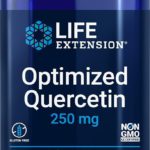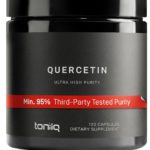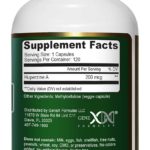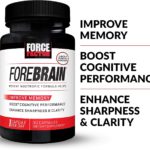Curious about the role of SAMe in joint health? SAMe, or S-Adenosyl-L-Methionine, is a naturally occurring compound in the body that plays various essential roles in biochemical processes. From aiding in the synthesis of neurotransmitters to supporting proper cellular function, SAMe has gained attention as a dietary supplement with potential therapeutic effects. One of its significant applications lies in managing mood disorders like depression. SAMe has also shown promise as a remedy for osteoarthritis by supporting joint health and reducing pain. Although generally safe and well-tolerated, SAMe’s effectiveness can vary, making it crucial to consult a healthcare professional before supplementing. Stay informed about the latest research on SAMe’s status and availability to ensure you’re making informed decisions. Discover what SAMe does for your joints and explore its potential benefits for your overall well-being.
What Does SAMe Do For Joints?
Introduction
S-Adenosyl-L-Methionine (SAMe) is a naturally occurring compound found in the body that plays a crucial role in various biochemical processes. It is involved in the synthesis of neurotransmitters, DNA, proteins, and other molecules that are essential for proper cellular function. SAMe has gained attention as a dietary supplement due to its potential therapeutic effects on mood, joint health, and liver function. It is often used to address conditions such as depression, osteoarthritis, and certain liver disorders.
Role of SAMe in Joint Health
One of the most well-known applications of SAMe is in the management of mood disorders, particularly depression. SAMe is involved in the synthesis of neurotransmitters like serotonin, dopamine, and norepinephrine, which play a vital role in regulating mood and emotions. Some studies suggest that SAMe supplementation may have comparable antidepressant effects to conventional antidepressant medications, although the exact mechanisms of its action are not fully understood.
Additionally, SAMe’s role in supporting joint health has led to its use as a potential remedy for osteoarthritis. Osteoarthritis is a common form of arthritis characterized by the breakdown of cartilage in the joints, leading to pain, stiffness, and decreased mobility. SAMe is thought to aid in the maintenance of cartilage and synovial fluid, two key components essential for joint health.

Cartilage Maintenance
Cartilage is the smooth, flexible tissue that covers the ends of bones in a joint, allowing them to glide smoothly over each other. In individuals with osteoarthritis, the cartilage becomes damaged and loses its ability to function properly, resulting in pain and inflammation. SAMe has been shown to play a role in cartilage maintenance by promoting the production of proteoglycans, which are essential components of healthy cartilage. Additionally, SAMe may help inhibit enzymes that break down cartilage, further supporting its preservation.
Synovial Fluid
Synovial fluid is a thick, viscous fluid that lubricates the joints, reducing friction and allowing for smooth movement. In individuals with osteoarthritis, the synovial fluid may become thinner and less effective in providing adequate lubrication. SAMe has been shown to help support the production of synovial fluid, potentially improving joint mobility and decreasing pain associated with osteoarthritis.

Reduction of Pain
One of the primary benefits of SAMe supplementation for joint health is its potential to reduce pain. Osteoarthritis is often accompanied by chronic pain, which can significantly impact daily activities and quality of life. Studies have suggested that SAMe may help alleviate pain associated with osteoarthritis by reducing inflammation, improving cartilage health, and increasing the production of natural pain-relieving substances in the body.
Improvement of Joint Function
Alongside its pain-relieving properties, SAMe has also shown promise in improving joint function. Joint stiffness and limited mobility are common symptoms of osteoarthritis, making it difficult for individuals to perform everyday tasks. By supporting cartilage maintenance, increasing synovial fluid production, and reducing pain, SAMe may help enhance joint function and restore mobility in individuals with osteoarthritis.
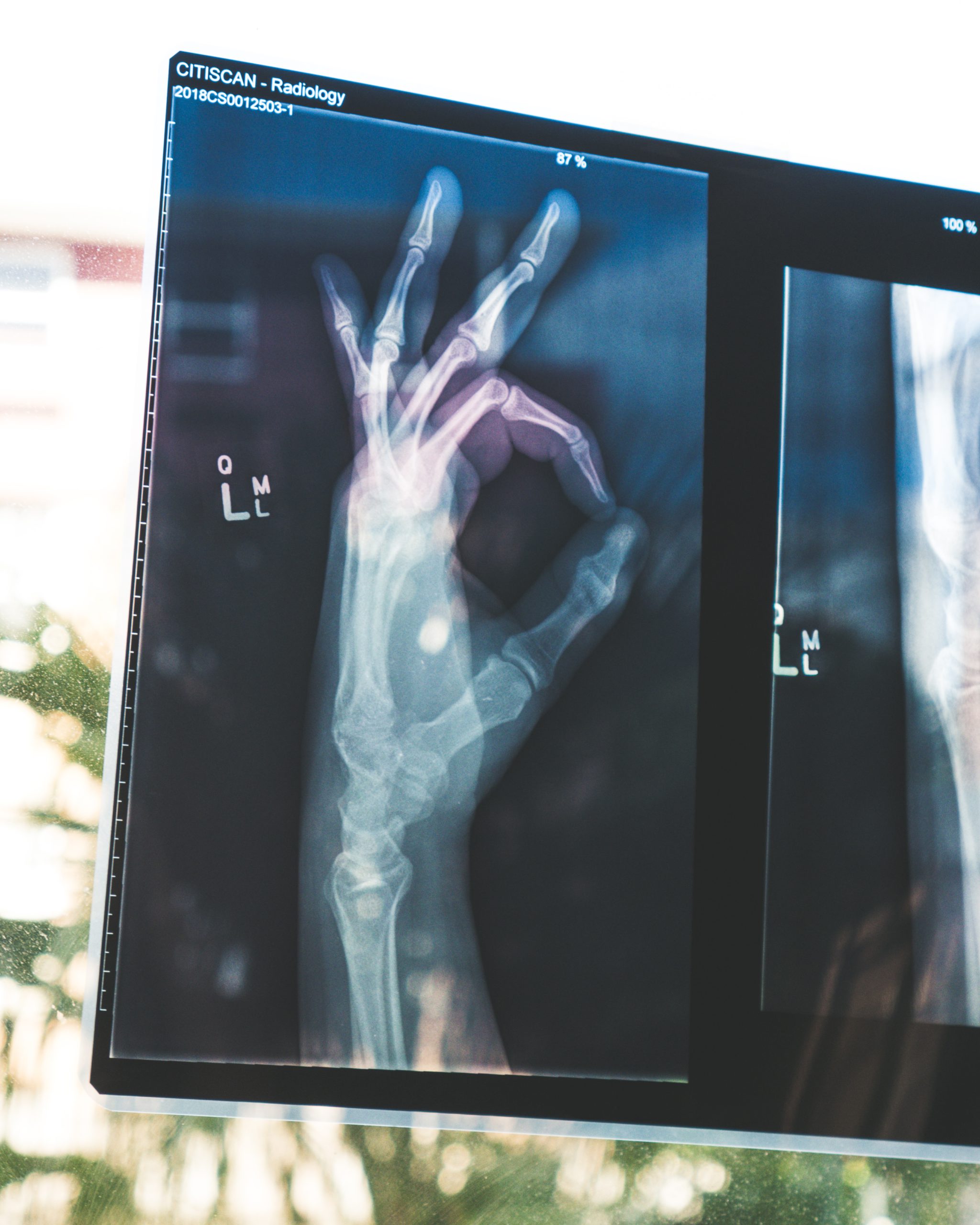
Effectiveness and Variability
While SAMe has demonstrated potential benefits for joint health, it’s important to note that its effectiveness can vary from person to person. Some individuals may experience significant improvements in pain and joint function, while others may not notice as much of a difference. It is also worth mentioning that SAMe supplementation may take time to show noticeable effects, and long-term use may be necessary for optimal results.
Considerations for Use
Before starting SAMe supplementation, it is essential to consider certain factors to ensure its safe and effective use. As with any dietary supplement, consulting a healthcare professional is recommended, especially if you have underlying health conditions or are taking other medications. They can assess your individual needs, provide guidance on appropriate dosages, and monitor your progress while using SAMe.
Consulting a Healthcare Professional
A healthcare professional, such as a doctor or a registered dietitian, can provide valuable insight and advice regarding the use of SAMe for joint health. They can evaluate your overall health, discuss potential benefits and risks, and help determine the most suitable approach for your specific needs. Additionally, they can address any concerns or questions you may have, ensuring that you have accurate information to make informed decisions about your joint health.
Safety and Potential Interactions
SAMe is generally considered safe and well-tolerated when used as directed. However, there are certain precautions to keep in mind. In some individuals, SAMe may cause minor side effects such as gastrointestinal upset, nausea, or mild allergic reactions. It is advisable to start with low doses and gradually increase them to minimize the risk of adverse effects.
SAMe may also interact with certain medications, such as antidepressants, MAO inhibitors, and drugs that affect blood clotting. Therefore, it is crucial to inform your healthcare professional about any medications, supplements, or herbal remedies you are currently taking to prevent potential interactions and ensure your safety.
In conclusion, SAMe holds promise as a supplement for supporting joint health, particularly in individuals with osteoarthritis. Its potential benefits include cartilage maintenance, synovial fluid production, pain reduction, and improved joint function. However, individual responses to SAMe can vary, and consulting a healthcare professional is essential to determine if it is suitable for you. They can provide personalized guidance, monitor your progress, and ensure safe and effective use of SAMe for your joint health needs.

